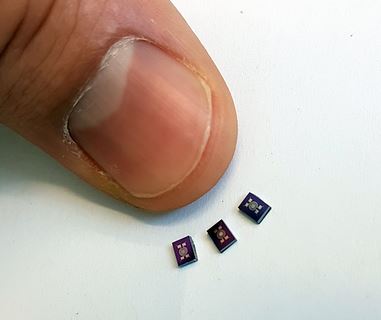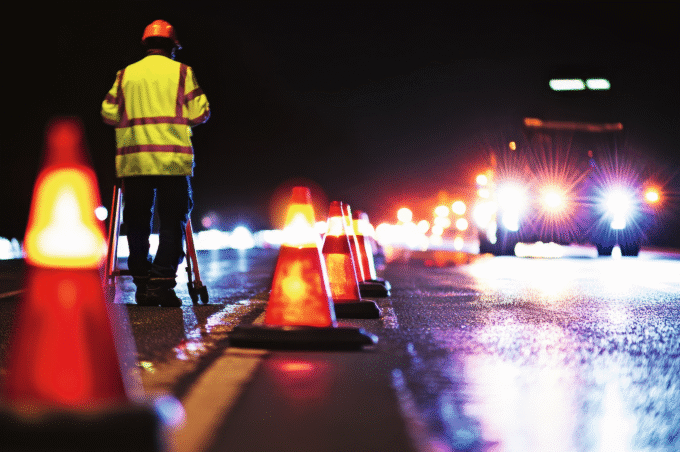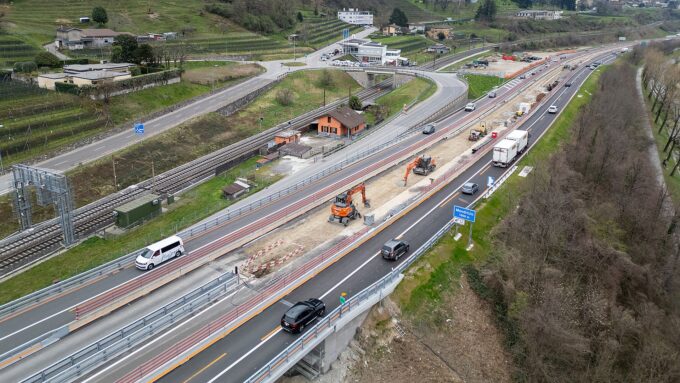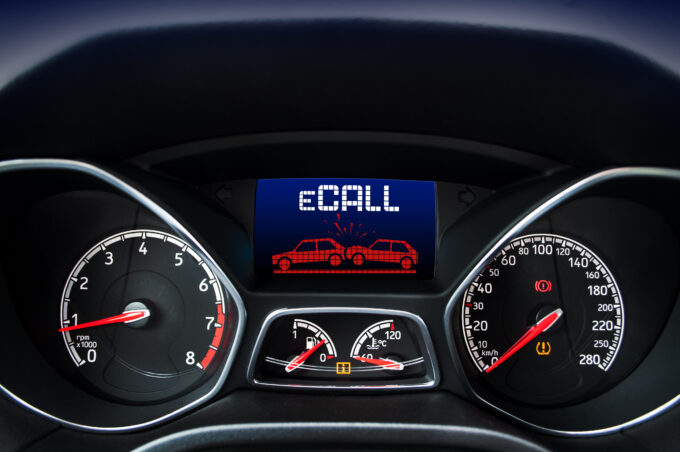An electronic rescue dog
ETH scientists have developed by far the smallest and cheapest device that can detect people by smell. It is suitable for searching for people who have been buried in an earthquake or by an avalanche.

Trained rescue dogs are still the best disaster responders. Thanks to their sensitive noses, they can track down people who have been buried in an earthquake or by an avalanche. However, like all living creatures, dogs need rest breaks every now and then. Moreover, they are often not immediately available in disaster areas, and dog teams have to travel from far away.
By contrast, a new measuring device developed by researchers led by Sotiris Pratsinis, Professor of Process Engineering at ETH Zurich, is always ready for use. In recent years, the scientists have developed small and extremely sensitive gas sensors for acetone, ammonia and isoprene - all metabolic products of the body that humans exhale and vaporize in low concentrations. The researchers now combined these sensors in one device with two commercial sensors for CO2 and humidity.
Chemical "fingerprint
Laboratory tests conducted in collaboration with Austrian and Cypriot scientists have shown that this sensor combination is very good at detecting buried subjects. The researchers used a test chamber developed as a burial simulator at the Institute for Breathing Gas Analysis at the University of Innsbruck in Dornbirn, in which volunteer test subjects held out individually for two hours.
"Combining sensors for different chemical compounds is important because the individual substances can have sources other than humans. CO2, for example, can come from a buried person as well as from a fire source," explains Andreas Güntner, a postdoctoral researcher in Pratsinis' group and first author of the study published in the journal Analytical Chemistry. Thanks to the combination of sensors, the scientists obtain reliable indications of the presence of people.
Also for inaccessible disaster areas
The researchers also showed that the exhaled compounds differ from the exhaled ones. "Acetone and isoprene are typical substances that we exhale for the most part. Ammonia, on the other hand, we mainly exhale through the skin," explains ETH professor Pratsinis. In the experiments in the burial simulator, the test subjects wore a breathing mask. In the first part of the experiment, the air exhaled by the participants was led directly out of the chamber; in the second part, the exhaled air remained inside. This allowed the scientists to create a breathing air profile and an exhalation profile.
The gas sensors used by the ETH scientists are the size of a small computer chip. "They are about as sensitive as most ion mobility spectrometers, which cost several thousand francs and are the size of a suitcase," Pratsinis says. "Our handy sensor combination is by far the smallest and cheapest device that is sufficiently sensitive to detect buried people. In a next step, we would like to test under real conditions whether it is suitable for search operations after earthquakes or avalanches."
Although electronic devices already exist for searching for buried victims, they work with microphones and cameras. They can only be used to find buried victims who can make themselves heard or are visible under rubble. The idea of the ETH scientists is to supplement such tools with the chemical sensors. The researchers are currently looking for industrial partners or investors to support the construction of a prototype. Drones or robots could also be equipped with the gas sensors. This would make it possible to search areas that are difficult or impossible to access on foot. Other possible applications would be the detection of stowaways or human smuggling.
Literature reference: Güntner AT, Pineau NJ, Mochalski P, Wiesenhofer H, Agapiou A, Mayhew CA, Pratsinis SE: Sniffing Entrapped Humans with Sensor Arrays. Analytical Chemistry, doi: 10.1021/acs. analchem.8b00237









